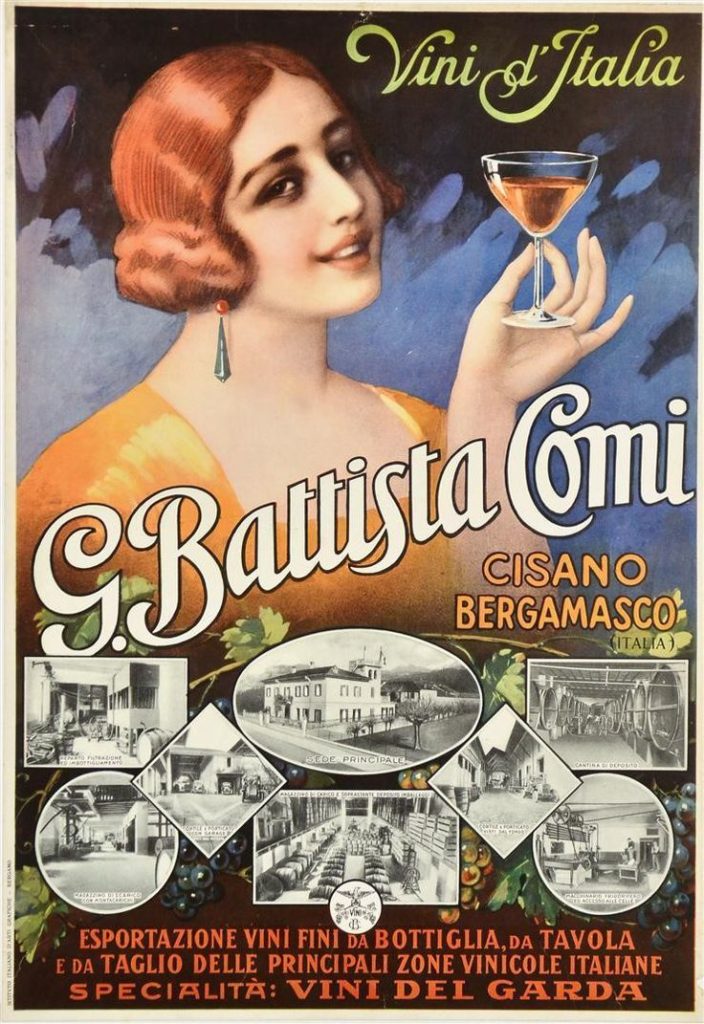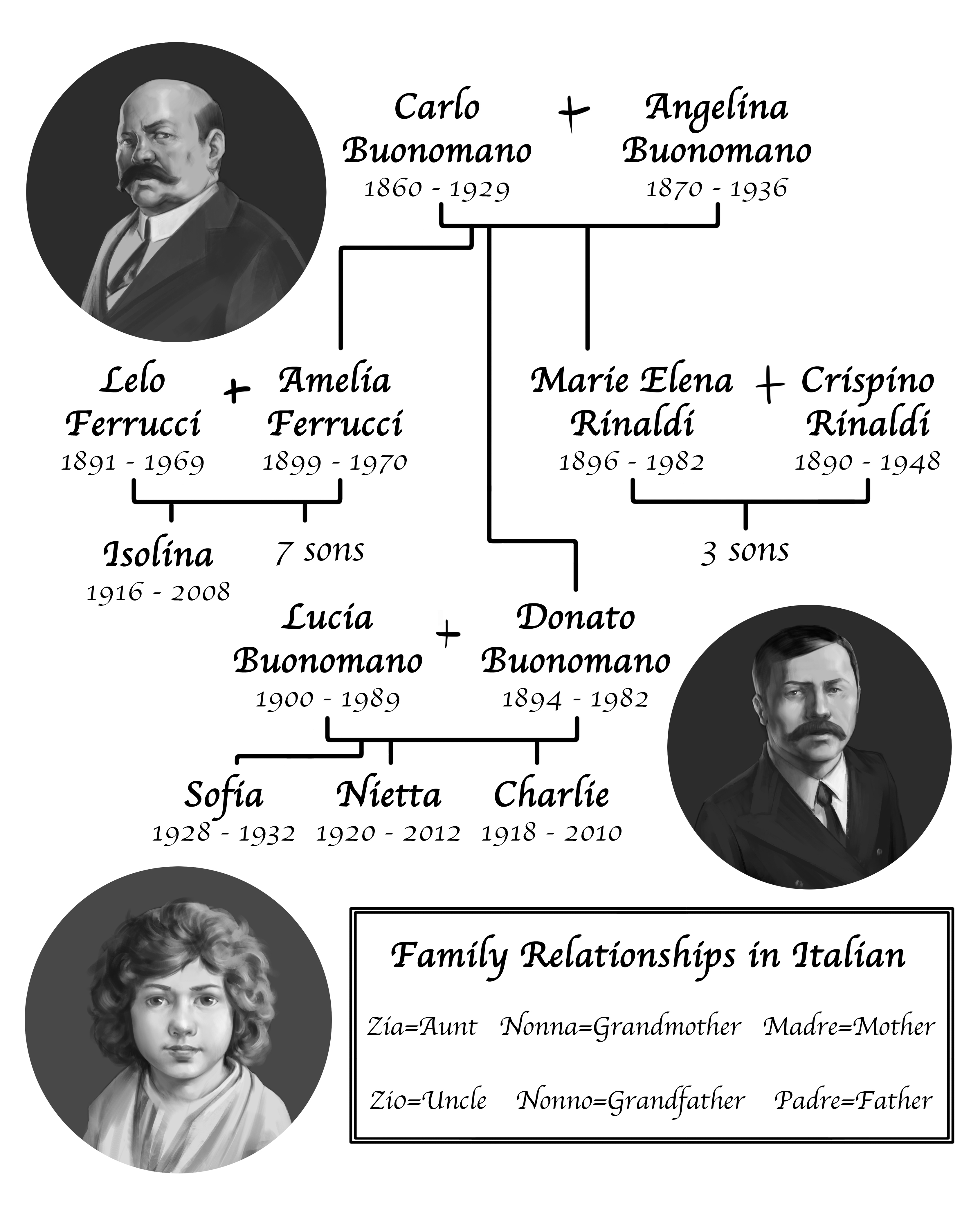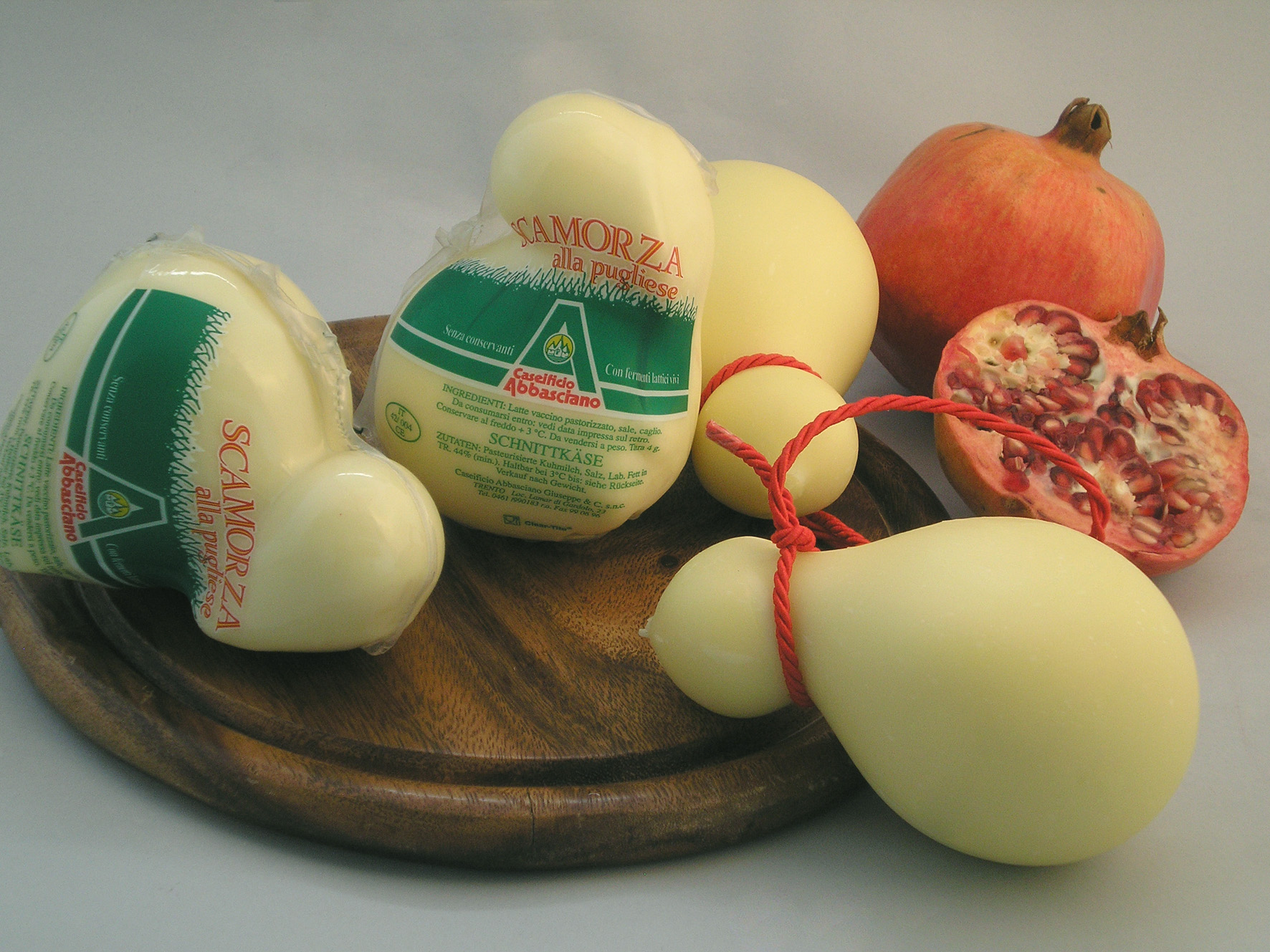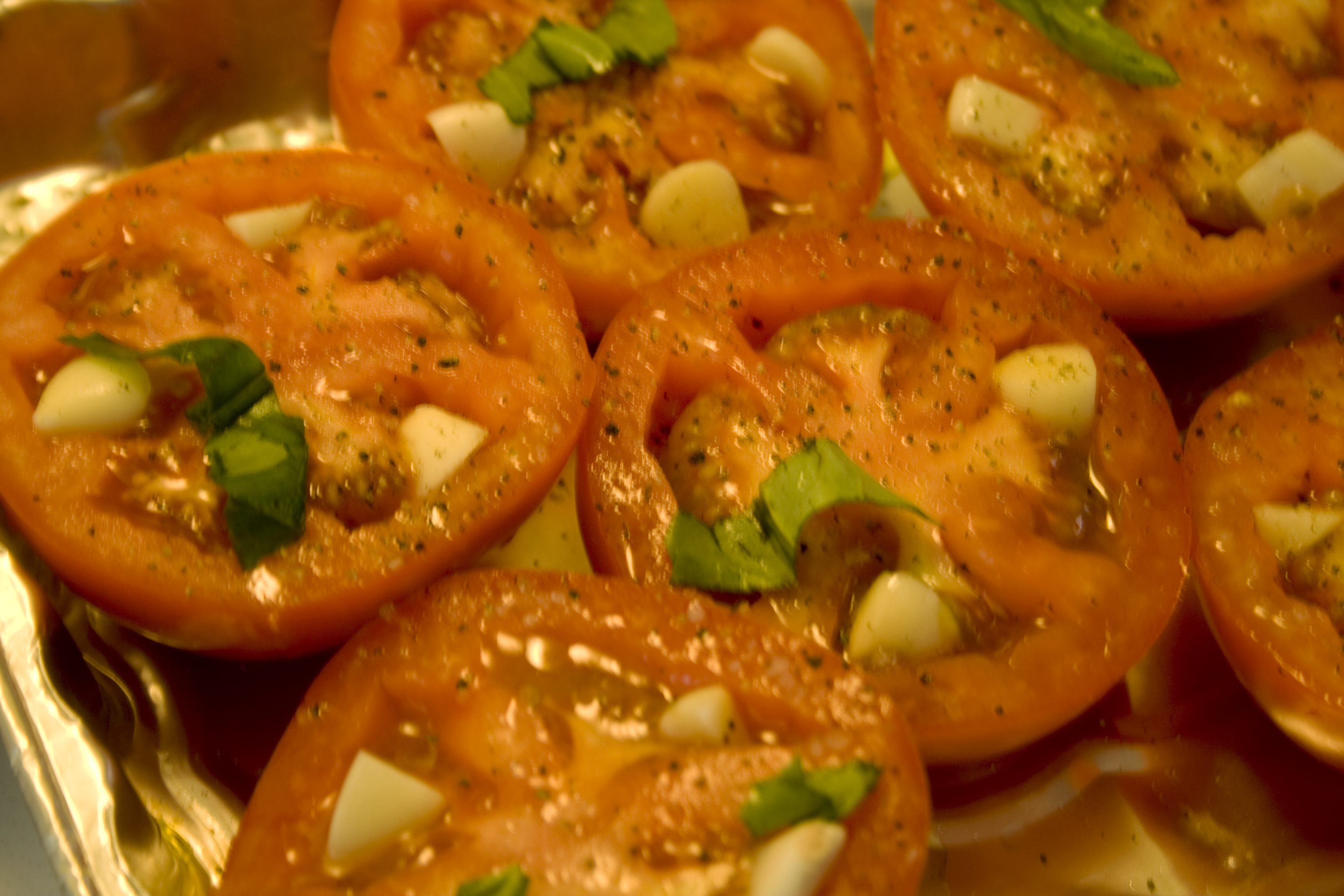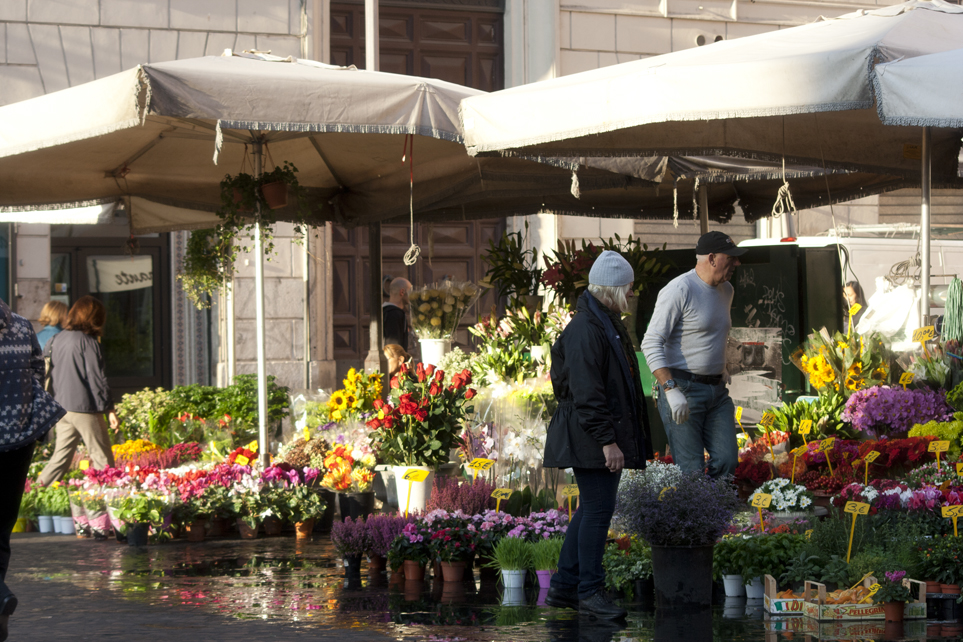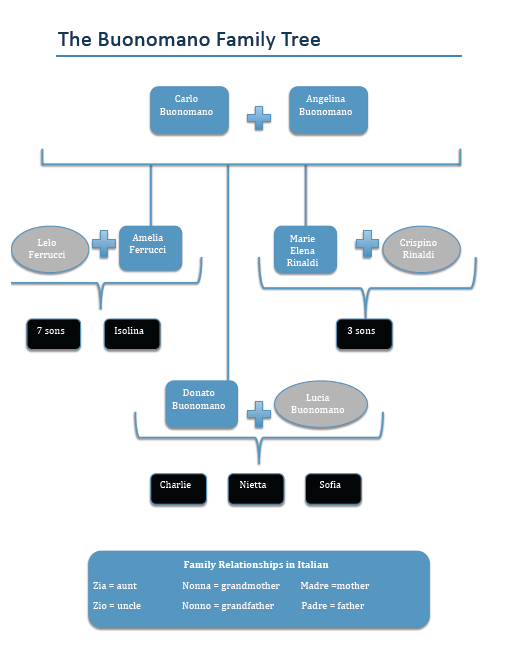“Never believe a thing simply because you want to believe it”~Tyrion Lannister
For my first post in a new series, One Page, I’ll begin with a quote from Tyrion Lannister, which struck a chord with me the other day. Even if you haven’t clocked weeks and months in front of your TV watching all eight seasons of The Game of Thrones, you probably know that the diminutive but mighty Tyrion says some of the wisest and most quotable lines in the show.

His statement resonates now more than ever in this era of Trump. I think ALL of us–no matter our political affinities–are intent on believing and affirming what we already want to believe–sometimes despite evidence to the contrary.
So how do we keep an open mind in an era where truth is fluid (i.e., subjective). How do we distinguish lies from the truth?
You may be reassured to know that we’ve been in a similar spot in history before.
The Backstory
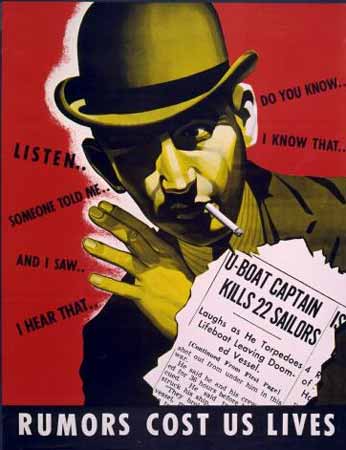 President Franklin Delano Roosevelt faced an American public that was predominantly isolationist and against entering World War II. At the same time, FDR had committed to provide aid to Winston Churchill and the British people. What’s worse, anti-British sentiment ran high in different parts of the country, especially in places where Irish immigrants settled–like Boston and New York City. In this tense era, rumors swirled, circulated by isolationists Americans and those who wanted to help the Allies or the Axis powers.
President Franklin Delano Roosevelt faced an American public that was predominantly isolationist and against entering World War II. At the same time, FDR had committed to provide aid to Winston Churchill and the British people. What’s worse, anti-British sentiment ran high in different parts of the country, especially in places where Irish immigrants settled–like Boston and New York City. In this tense era, rumors swirled, circulated by isolationists Americans and those who wanted to help the Allies or the Axis powers.
In the 1940’s several newspapers and colleges, most notably The Boston Herald and Harvard University, ran Rumor Clinics, which solicited rumors from the public, had teams of volunteers, staff, and students who researched them, and posted the results.
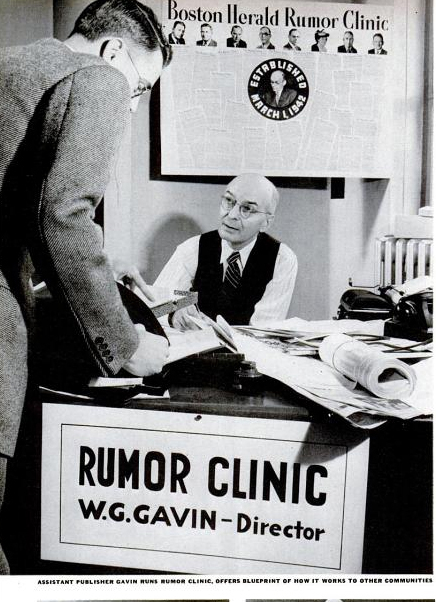
Rumor Clinic at the Boston Herald. 1942. Life Magazine.
Fast Forward to Today
Two journalists from The New York Times, David Lionhardt and Stuart A. Thompson, have undertaken the task of keeping track of President Trump’s lies, fact-checking them and periodically updating the list in the article “Trump’s Lies…and Counting.”

Sound Familiar?
It’s tempting to think America has never been so divided before on the issues of race and religion, and people have never struggled as hard to sift out the lies from a caldron of daily, heart-wrenching news. It’s tempting to believe that terrorism is a relatively new phenomenon. It’s tempting to think anti-fascists battled against totalitarian regimes in Spain, Italy, and Germany decades ago, but they never existed here in America. But you’d be mistaken.
After several years of researching a new novel about the rise of fascist hate groups in America in the 1940’s, I am struck again and again with the parallels between the past and the current struggles in our world. While I’m working on my new novel set in Boston in the 1940’s, I’ll post “flashbacks”–brief profiles of people, places, and events which echo what is happening today in America and in other parts of the world. My hope is that the successes and missteps in the past will help us today as we struggle to find our way through the murkiness and ugliness to a better future. This is not simply my wish for my own country, but for all of us around the world. I’m an optimist. I believe we can avert the gloomy predictions of people like C.S. Lewis who believe we are destined to sink again into the mire of divisiveness:
“That is the key to history. Terrific energy is expended – civilizations are built up – excellent institutions devised; but each time something goes wrong. Some fatal flaw always brings the selfish and the cruel people to the top and it all slides back into misery and ruin.”― C.S. Lewis
Instead, I believe in a hopeful future.
What are your thoughts? I’d love to hear them.
